The compact, slick design and jaw dropping electronics on the new Leica Rangemaster 2000.COM impressed Chris Parkin no end
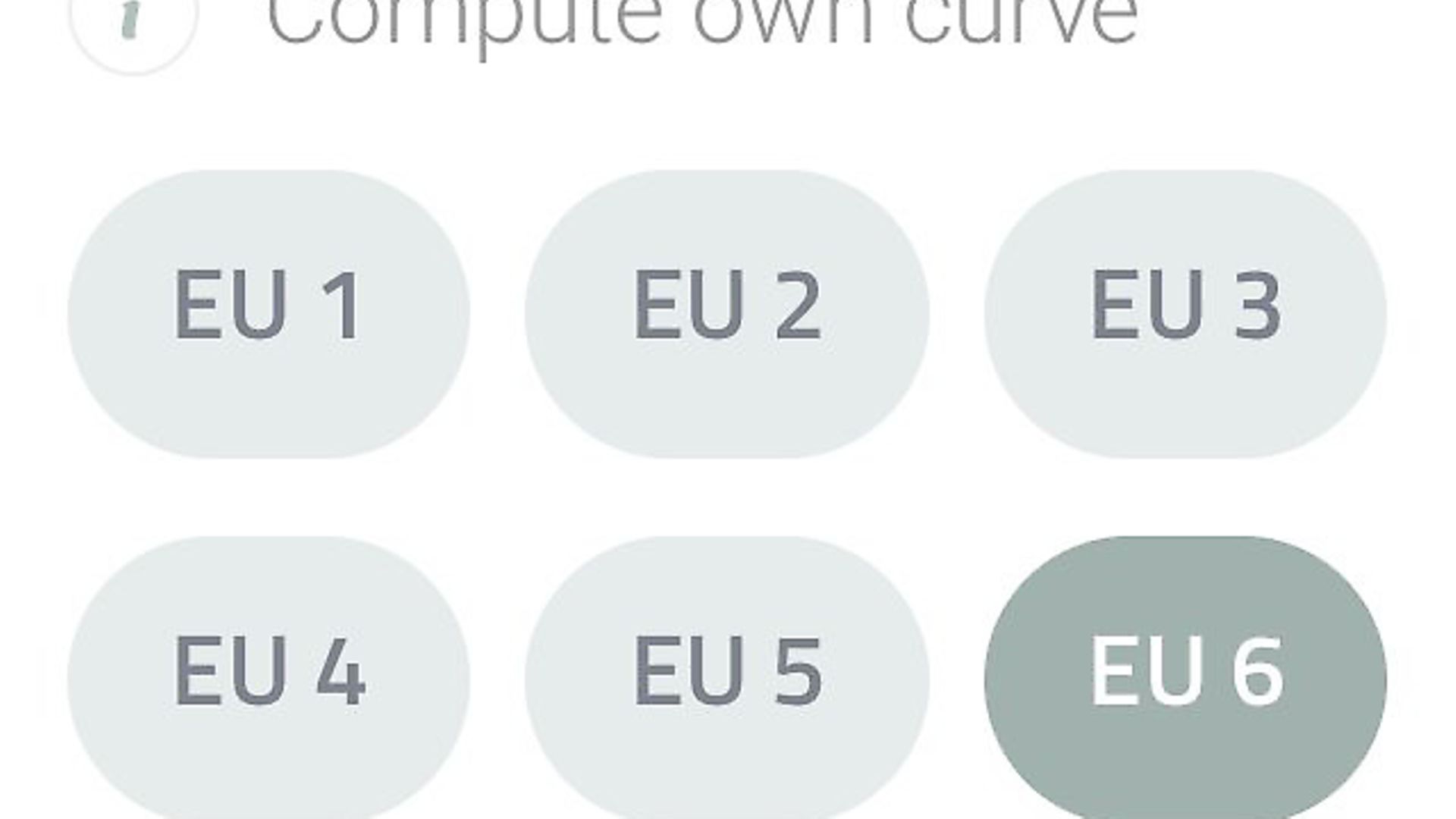 credit: Archant
credit: Archant
FOR: A superb compact and lightweight tool; For its size, the optics are superb; Straightforward functionality and processing speed; Can be setup with Bluetooth/App and run with Kestrel
AGAINST: The need for Kestrel connectivity is questionable on a hunting rangefinder; The usual caveats of Bluetooth connectivity can occasionally be frustrating
VERDICT: A very capable rangefinder with a strong laser for long distances and fast response time. Bluetooth ballistic connectivity opens up more detailed control capabilities, and for a tool so small, bright crisp optics with ‘does what it says it will do’ capability
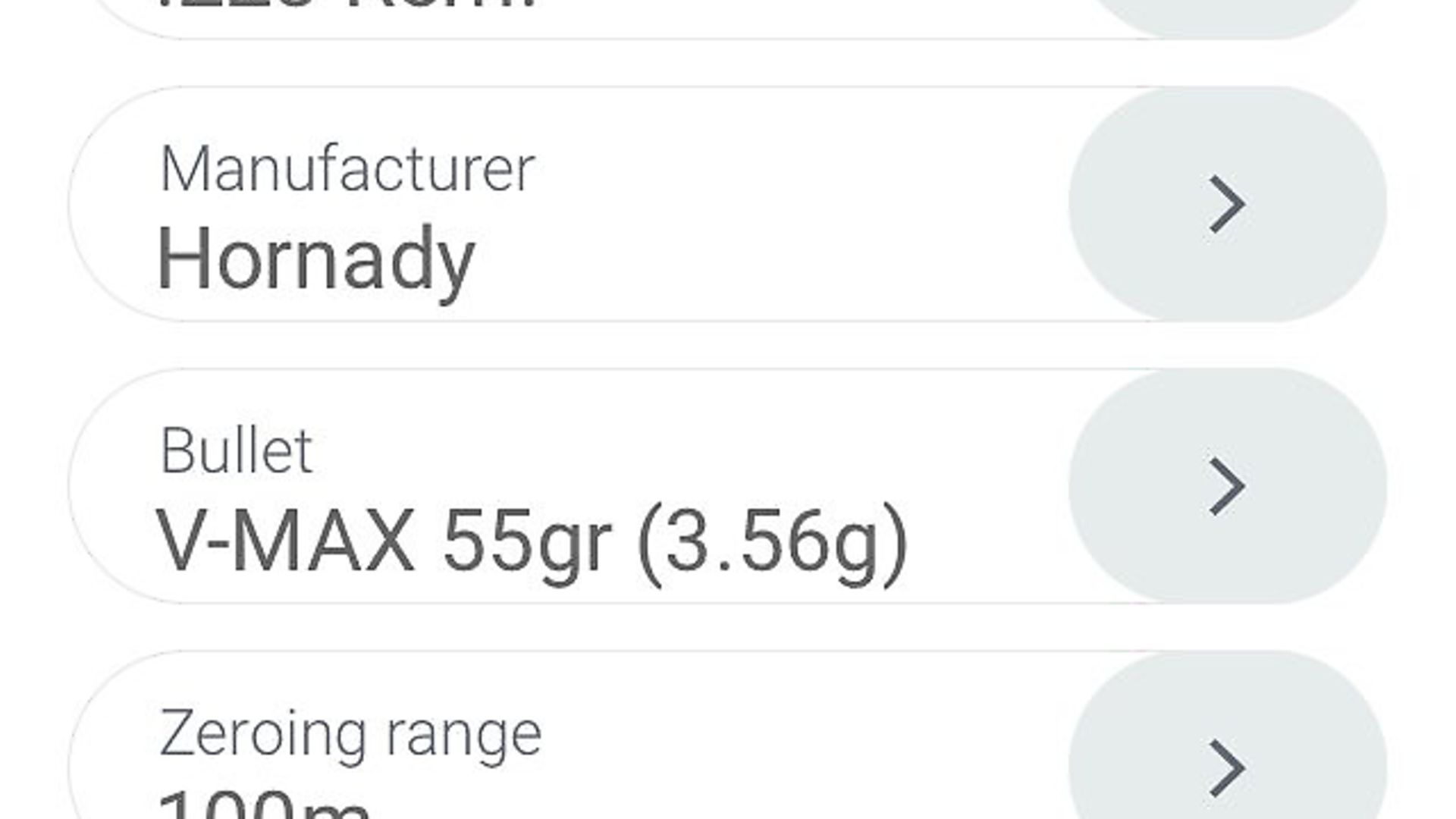 credit: Archant
credit: Archant
IN DEPTH TEST AND REVIEW
Leica have long been recognised in the sporting world as purveyors of top-quality optics, both riflescopes and binoculars. Their original Geovid rangefinding binoculars, and later Geovid HD-B and HD-R binocular rangefinders (BRF) with integral ballistic calculators, were a revelation. I have used these BRFs for three years, and they have generally overshadowed smaller monoculars from Leica with similar capability.
However, the latest Rangemaster 2800.COM has overtaken the electronic capabilities of the current HD-Bs! It incorporates Bluetooth connectivity to cross-reference any ballistics with your phone and, if you have one, with a Kestrel 5700 Elite anemometer that uses Applied Ballistics software. Make no mistake, this is cutting-edge stuff with continual detail updates and, most importantly, this is the first time I have seen what I would term as Top Grade optics combined with such electronic capability in a monocular unit.
 credit: Archant
credit: Archant
The 2800.COM unit sits in your palm, weighing just 185g including the CR2 battery. Rangefinding capability added to binoculars usually makes them relatively large and cumbersome, so to those not requiring binocular capability, a one-handed unit slips easily into your pocket.
The 7x magnification ratio displays long depth of field with no additional focusing required other than the rotating eyepiece, which has a fold-down rubber eyecup allowing spectacle wearers equal comfort from the generous 15mm eye relief.
Fast focus capability ensures the internal screen is perfectly focused, with its adjustable red LED display offering clear, crisp details that your eye never struggles to remain focused on at all times. Its surrounding image is bright and clear with 6.6° field of view from a 24mm objective lens. The lens’s brightness may diminish earlier than the 42s on your binoculars at last light, but the image quality is superb with neutral colour balance and no yellowing that cheaper rangefinders can be affected by.
 credit: Archant
credit: Archant
The battery compartment spins off with a coin or small screwdriver with not much else of interest other than the objective lens and laser superimposed at the front. The top two buttons are stepped for ease of operation and still distinct when wearing gloves, so once you get used to the menus, operation is straightforward. The upper, closest to your eye/index finger, is used to fire the laser, while the lower is a secondary button for menu controls.
The instruction book for my unit was in PDF format and, with a tool like this, is key to understanding how it works. Multiple menu structures at first seem quite complicated. With seven segment LCD displays doing their best to signify the modes you are clicking through, you will quickly pick up the acronyms and, most importantly, each is distinct in shape. Take your time sitting comfortably with a wide panorama view and all will become clear.
The device can mostly be operated on simple button commands, so you are not beholden to a phone app, but more functionality is enabled when used in collaboration with a smartphone or tablet. Once set up, the phone/tablet is no longer needed to use the device during the hunt, but large screens on a phone and plain English instructions allow all factors to be controlled more easily and with greater detail.
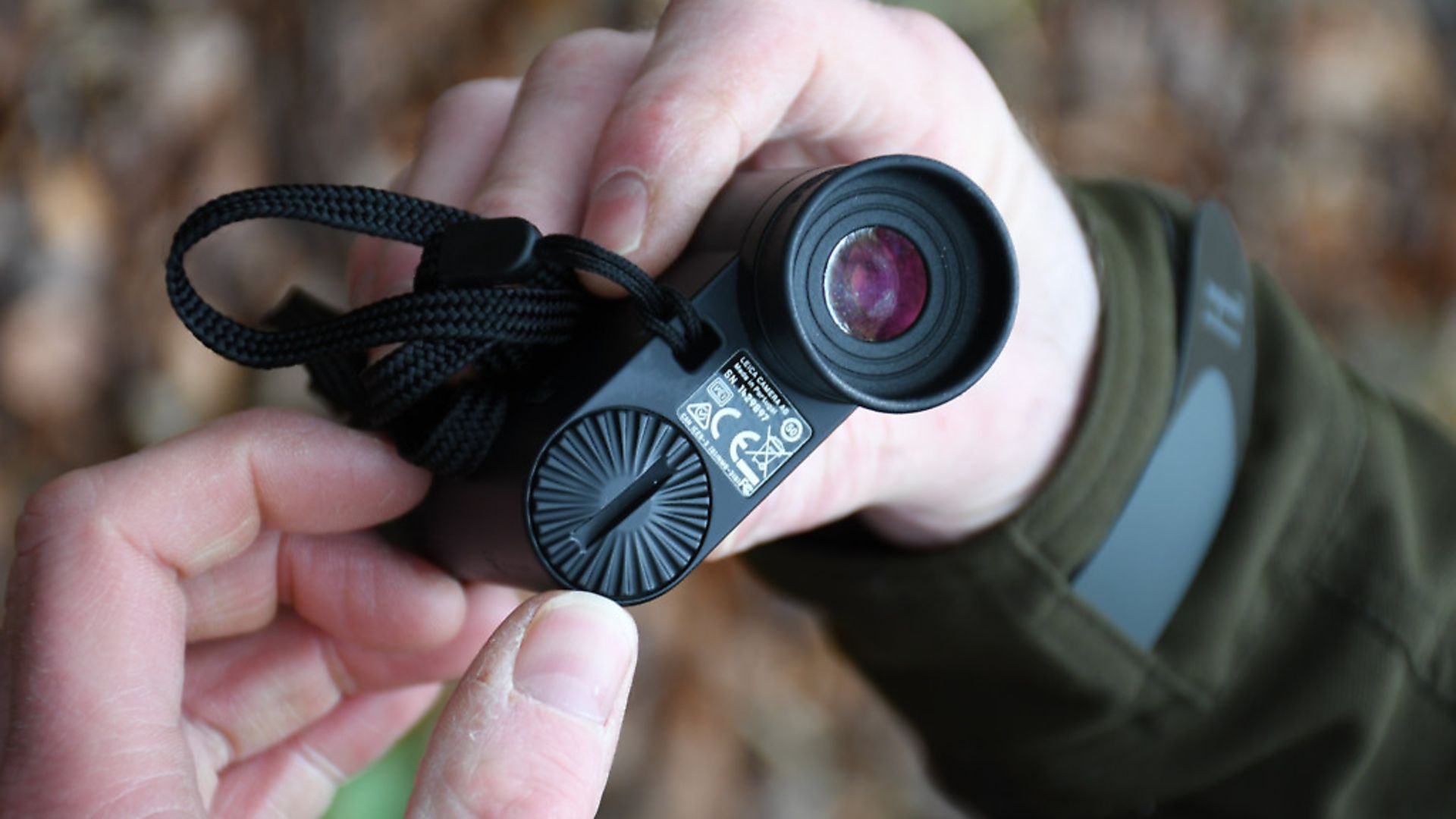 credit: Archant
credit: Archant
You are invited to connect your phone’s Bluetooth before choosing integrated ballistic curves that Leica have calculated to fit most standard rifle calibres. These are never going to be as precise as customised curves, but don’t forget that we are talking hunting accuracy and hunting ranges, not 1,472m shots on a steel plate. Rangemaster is capable of simple range measurement with good results to a far greater distance (2,500m) than the 800m upper limit that the ballistic display is restricted to. Morally, I would agree with that – even 800m is ‘shooting’ rather than ‘hunting’ – and thinking that a simple number is the answer is out of the question.
Entering zero distance and the click value of your scope (¼ MOA, ½ MOA, 10mm clicks etc) and your desired metric or imperial units is like most other ballistic tools. The results that are displayed less than a second after you aim the neat red circle at your chosen target can be output as holdover values to physically aim high over the quarry, or in collaboration with modern fast-access scope turrets, make click adjustments for a precise aim into the kill zone, wind dependent, of course. They are displayed a fraction of a second after the range itself and the unit is respectably fast with plenty of computer power.
Barometric pressure, temperature and inclination are taken into account, with the option of incorporating the inclination angle automatically, seen in the display as EHr (equivalent horizontal range), or just displaying a straight line to target distance.
 credit: Archant
credit: Archant
Remaining battery charge level is indicated by the measured value and reticle display flashing if nearing depletion. You will still have enough juice for another 100 measurements, but with a gradually reducing range as the laser runs out of grunt. A lifetime of approximately 1,700 measurements is predicted, relative to temperature.
Highly reflective targets can be ranged out to 2,500m with trees a little shorter at 1,500m. Animals will vary, but were reliably engaged at hunting ranges, and I had a 99% success rate on any target I attempted below 850m, which I found impressive. The laser beam shows minimal dispersion, which at 1,000m should remain somewhere within 1.2m tall and 50cm wide for targeting smaller items quite accurately. I would agree with this empirically, but bear in mind that 7x magnification at long range isn’t going to pick up an individual rabbit… a large deer, maybe.
Continuous scan mode is available to help targets ‘pop’ out from their backgrounds, and I found the Leica to be a trustworthy, reliable companion in all my usual testing scenarios. Target colour and atmospherics also have some bearing on rangefinding capability, like any rangefinder.
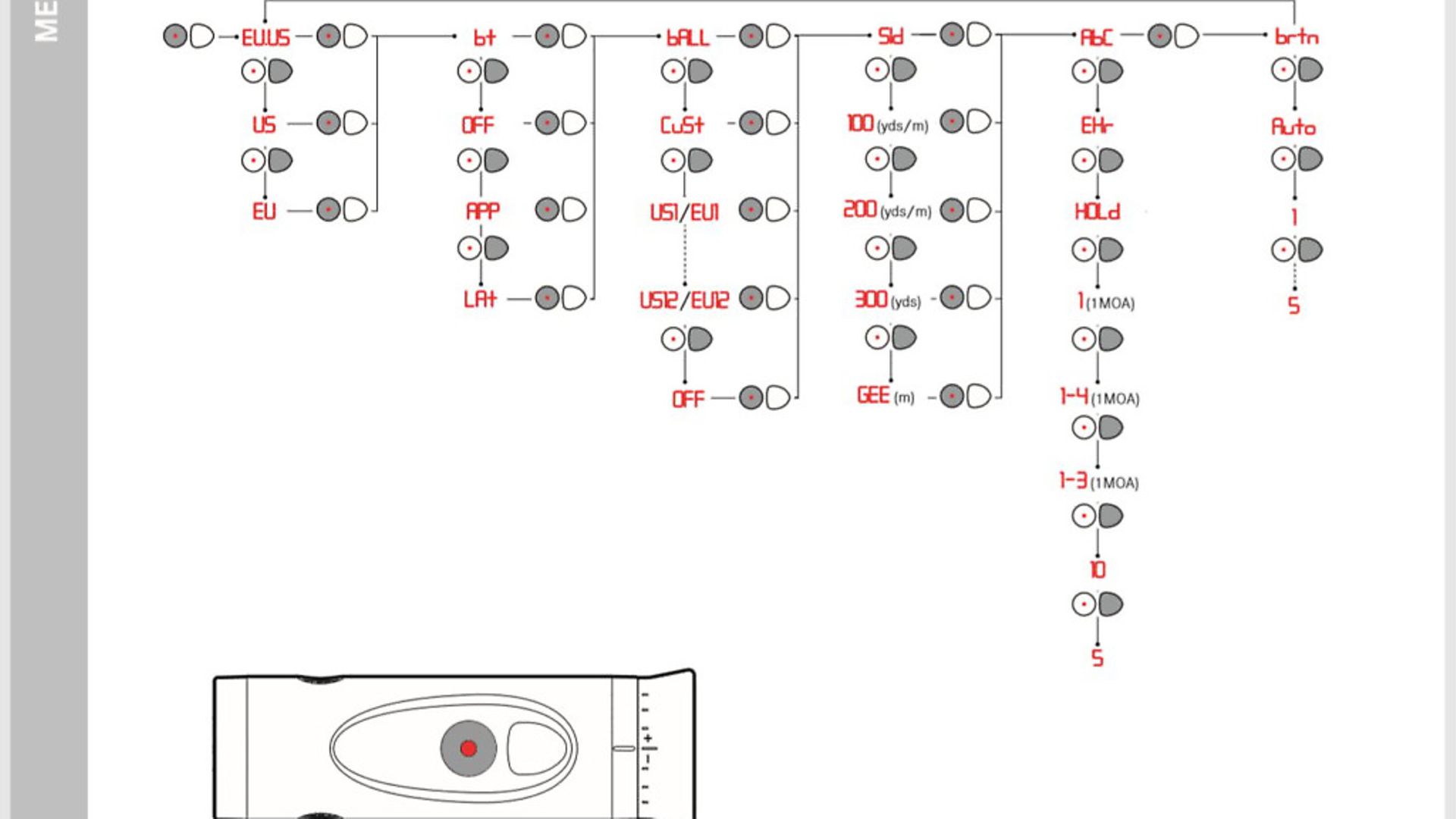 credit: Archant
credit: Archant
For cross-market appeal, ranges below 200m are displayed with an accuracy of one decimal place, which for airguns and bow hunters is of particular appeal.
Using the factory-generated ballistic data requires a 300m drop figure from your ammunition box to be tallied against Leica’s predicted trajectory curves and the associated program, e.g. ‘EU6’ being entered in. A wide range of factory ammunition is also held within the app, as well as the capability for custom curves to be created and uploaded to the Rangemaster from the phone/tablet at initial set-up. Not everyone has a Kestrel, but the two can be connected, and the two-way conversation between the units via Bluetooth will allow the ballistic curve set up on the Kestrel to be associated with the range measured on the Leica, and then the turret correction setting to be displayed on the Rangemaster’s screen. That takes a lot longer to say than to do, and, of course, in a target scenario when the Kestrel is the primary tool, rather than a hunting scenario when the Leica is what you will be carrying, the Leica feeds the range to the Kestrel rather than you having to manually enter it.
This will be the most accurate option of all, but again, at hunting ranges, it is perhaps a bit more connectivity and multi-handed/multi-component fiddling to carry and use in the heat of an encounter than you really want. Given the amount of physical interaction a Kestrel needs, entering the range manually isn’t that much of a hassle.
 credit: Archant
credit: Archant
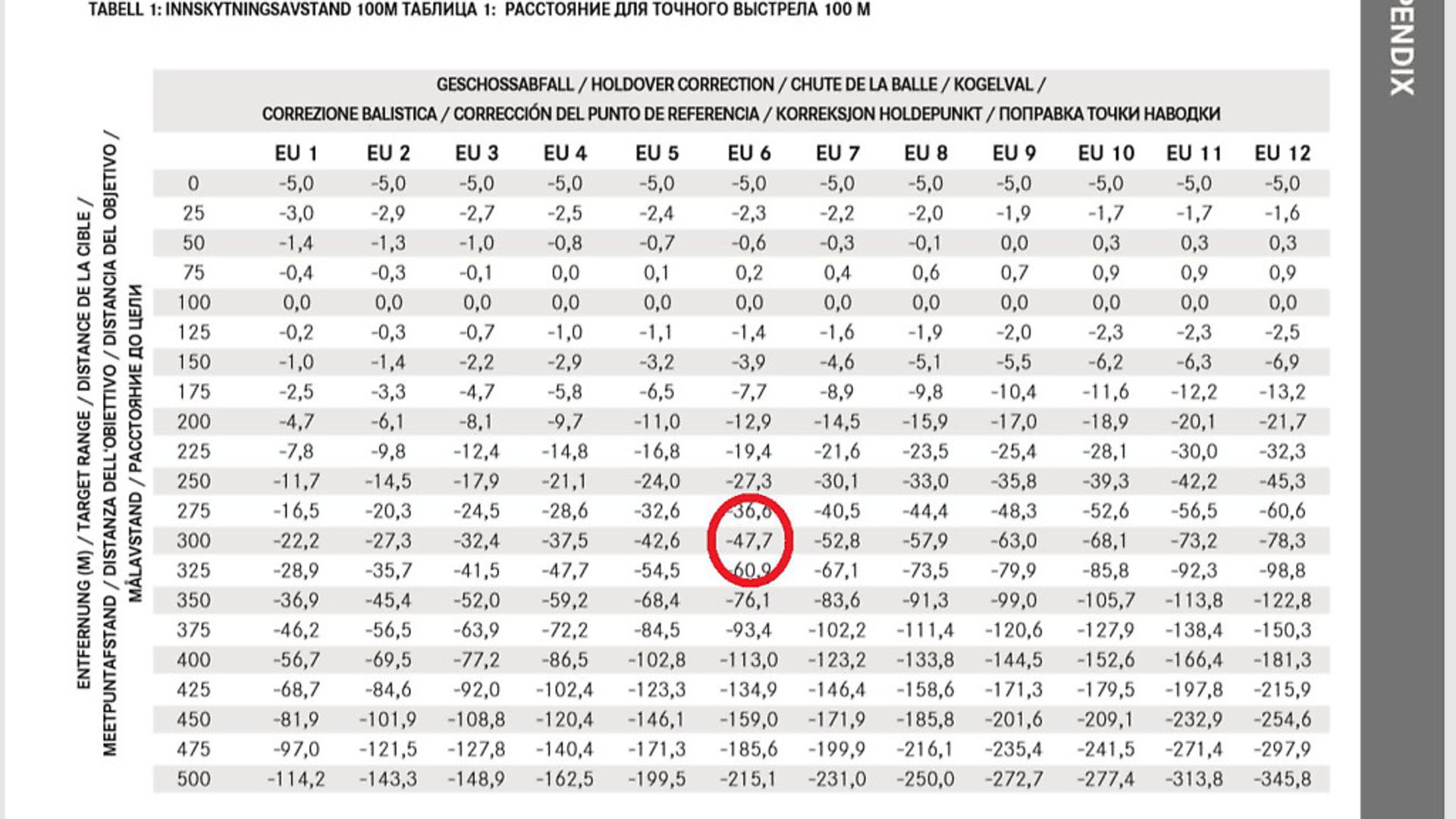 credit: Archant
credit: Archant
TECH SPECS - Leica Rangemaster CRF 2800.Com
Magnification: 7x Lens diameter 24 mm
Exit pupil: 3.4 mm
Twilight factor: 13
Relative brightness: 11.8
Field of view (at 1,000 m): 115.6 m
Subjective viewing angle: 6.6°
Eye relief: 15mm
Prism system: Roof
Coating on lenses: High Durable Coating (HDC™) and Aqua-Dura coating on external lenses Phase correction coating P 40
Dioptre compensation: ± 3.5 dpt.
Maximum range approx: 2500 m
Equivalent horizontal distance approx: 1,100 m/1203 yds max.
Ballistic output values: 800 m approx.
Minimum range: 10m
Measuring accuracy: 10-200: +/- 0.5; 200-400: +/- 1; 400-800: +/- 2; Above 800: 0.5 %
Display/Unit of measure: LED with 4 numbers plus additional characters/choice of meter/centimetre or yard/inch
Max. measurement time approx: 0.3 s
Metering methods: Single measurement scan mode
Laser: Invisible, safe for eyes in compliance with EN and FDA Class 1
Beam divergence: approx. 0.5 x 1.2 mrad
Housing/chassis material: Carbon fibre reinforced plastic, softcoated / cast magnesium
Waterproof: 30 minutes to 1 m depth Splash water protected
Operating temperature range: -20 to 55°C
Storage temperature: -40 to 85°C
Battery: 3V lithium CR2
Battery life: approx. 1,700 measurements at 20°C Dimensions (W x H x D) 75 x 34 x 113 mm
Weight (with battery): approx. 185g
NB: Suitable for use with eye-glasses equipped with fold-down rubber eyecup. Includes lithium battery 3V CR 2, carry strap, cordura case, warranty card and test certificate. Download iOS or Android app from App-Store™ or Play Store™.
RRP: £975
Contact
http://uk.leica-camera.com
Tel: +44 (0) 207 629 1351